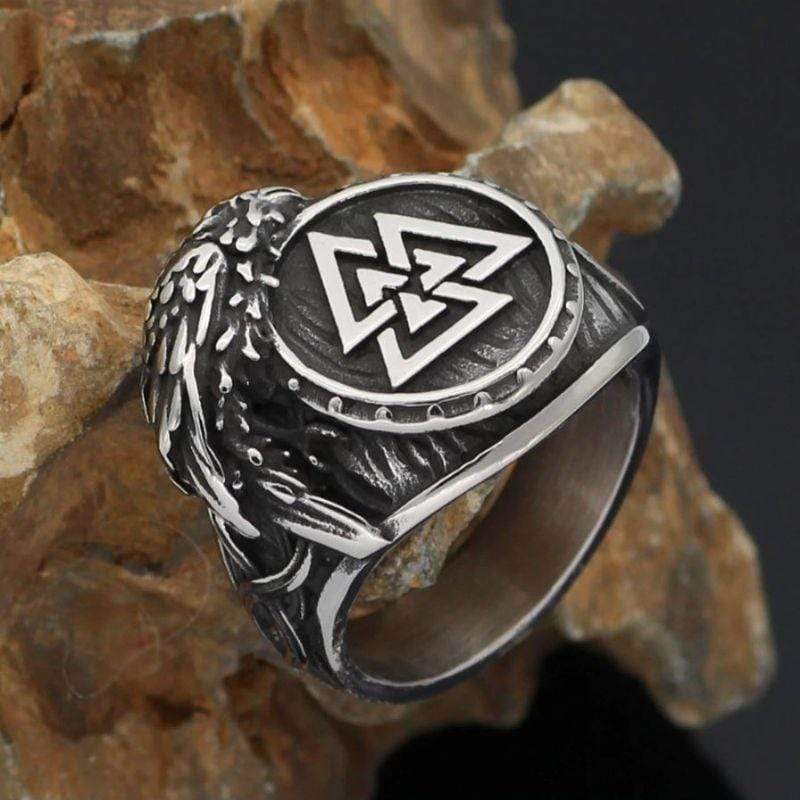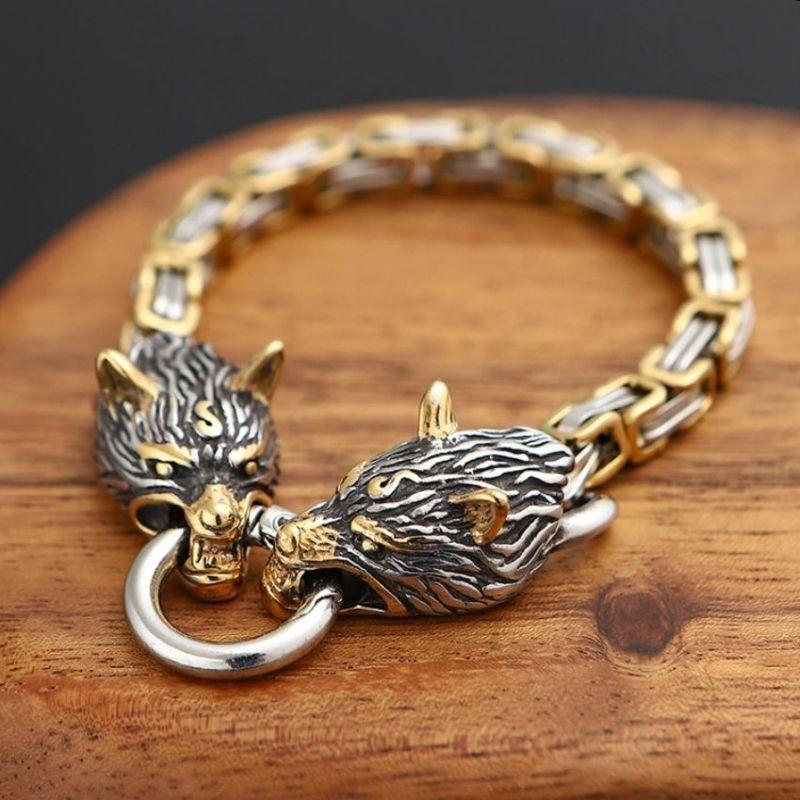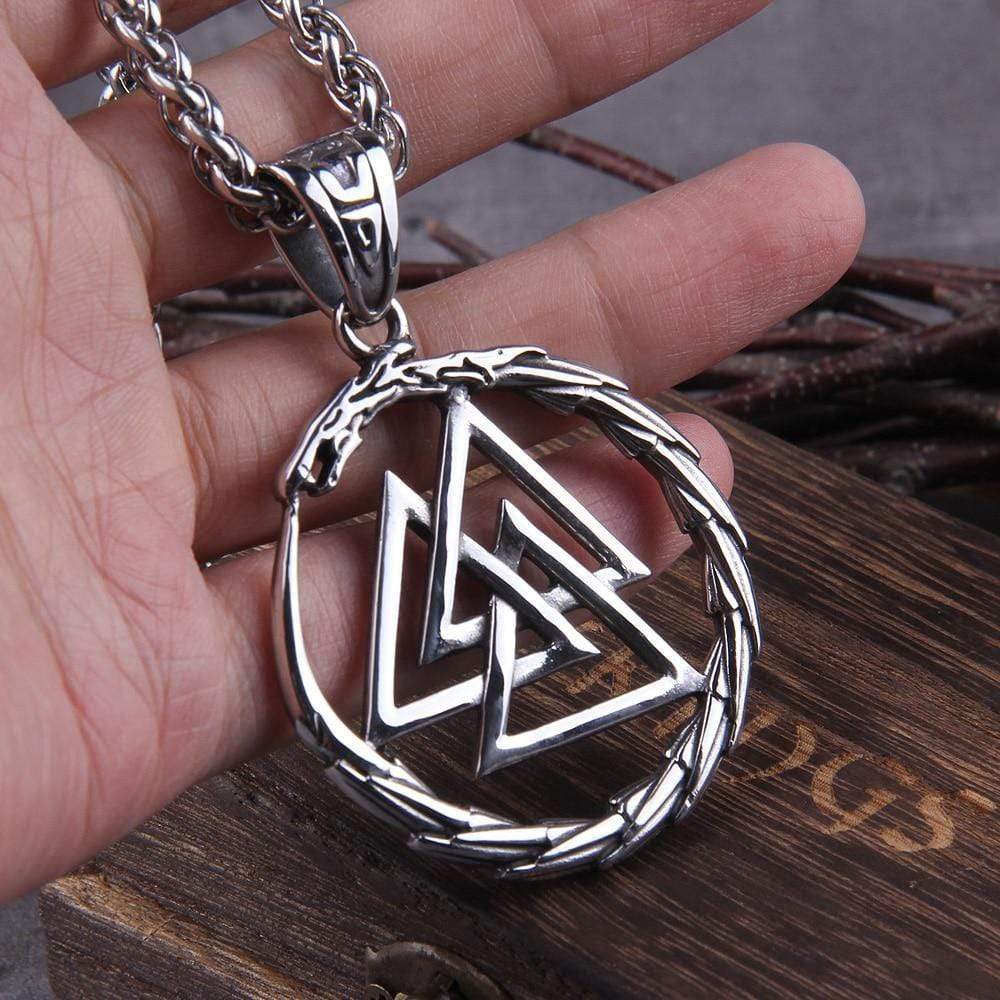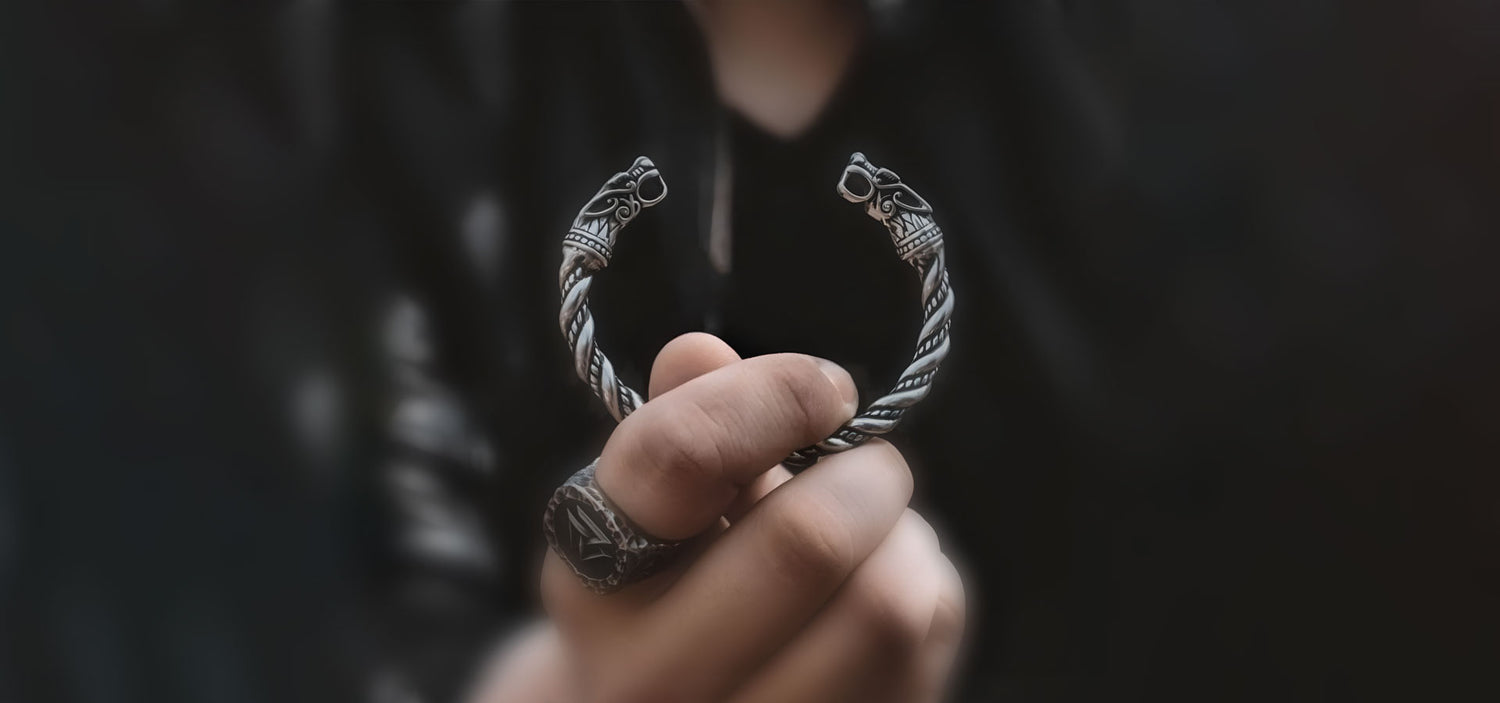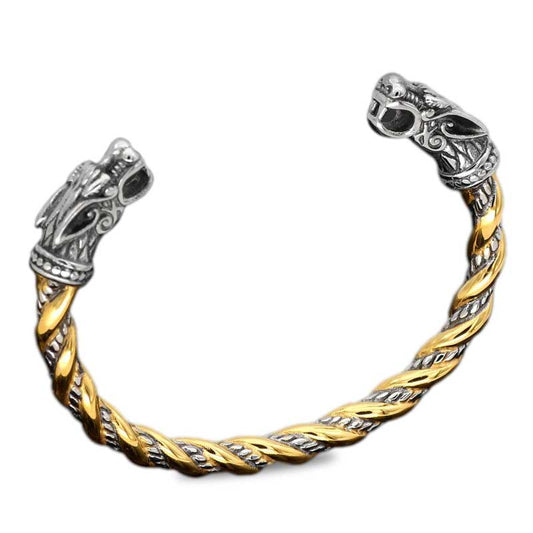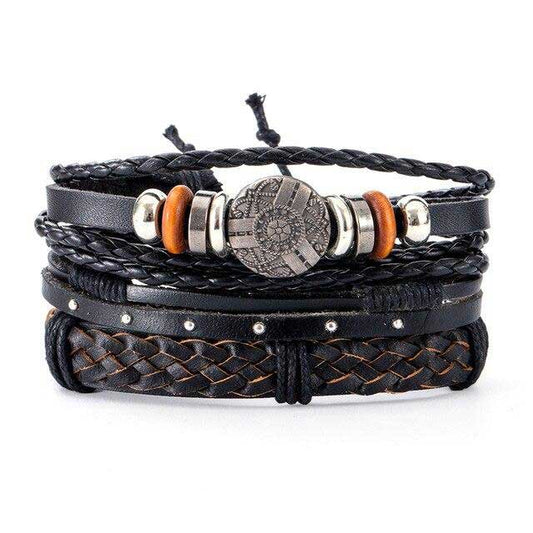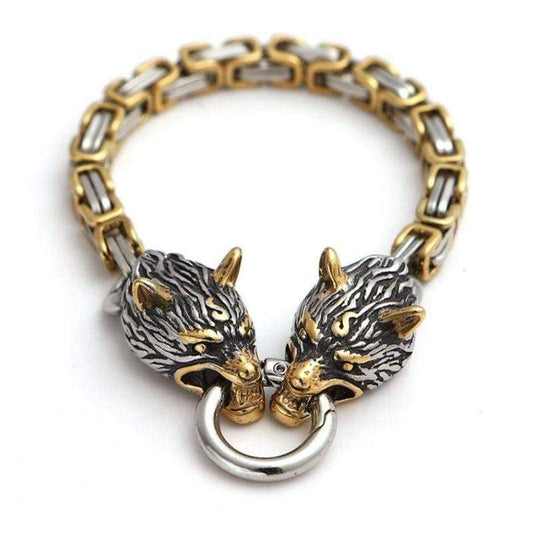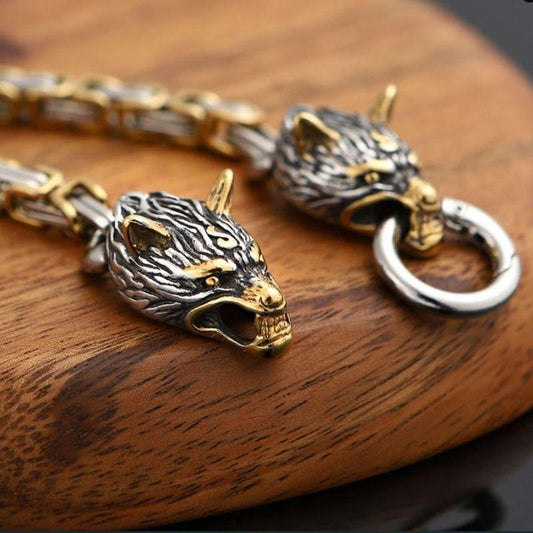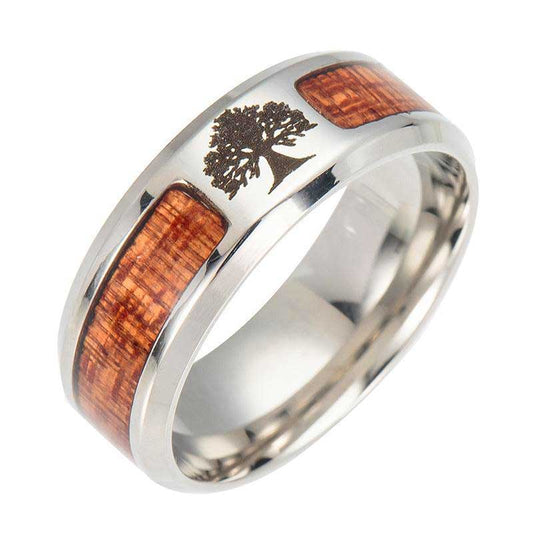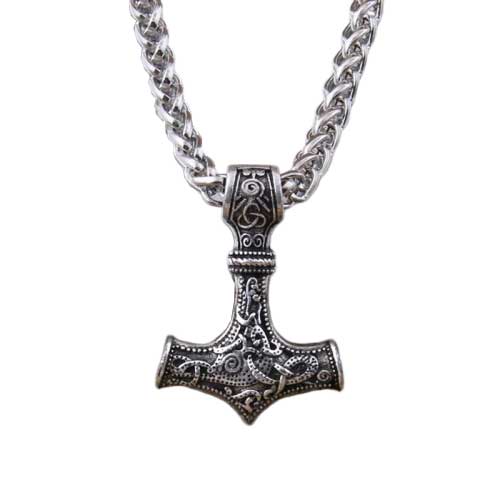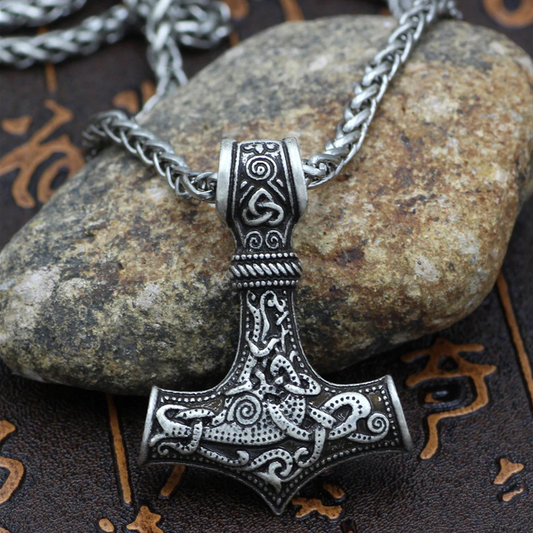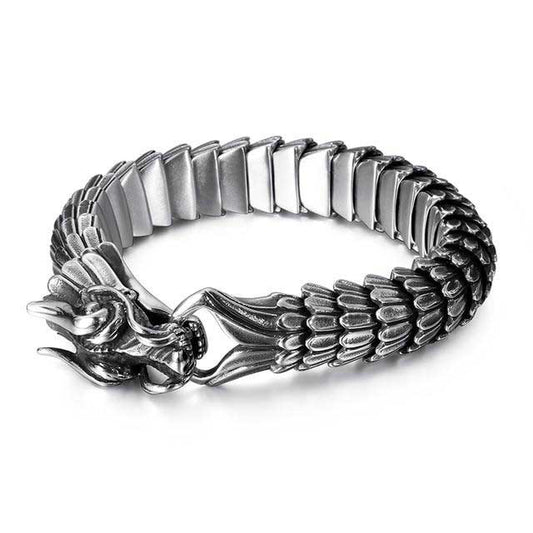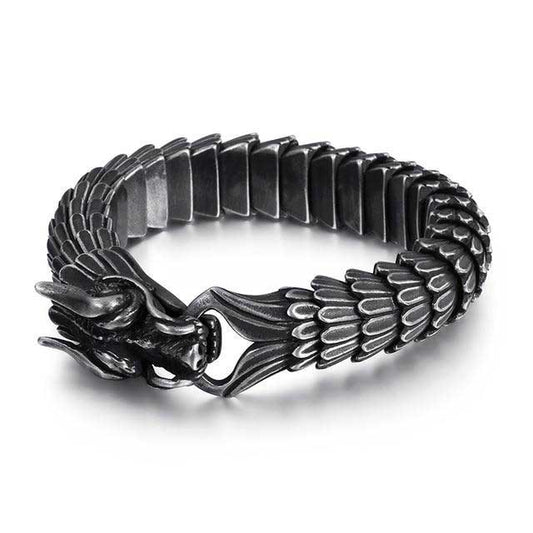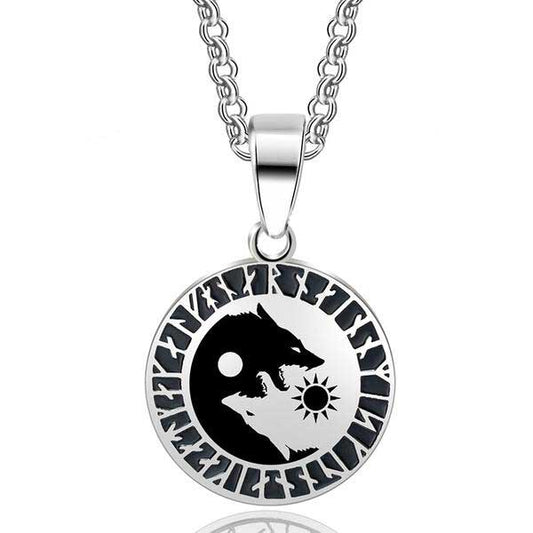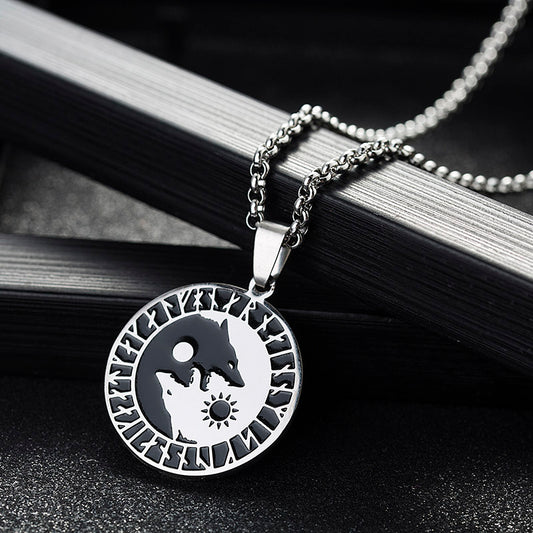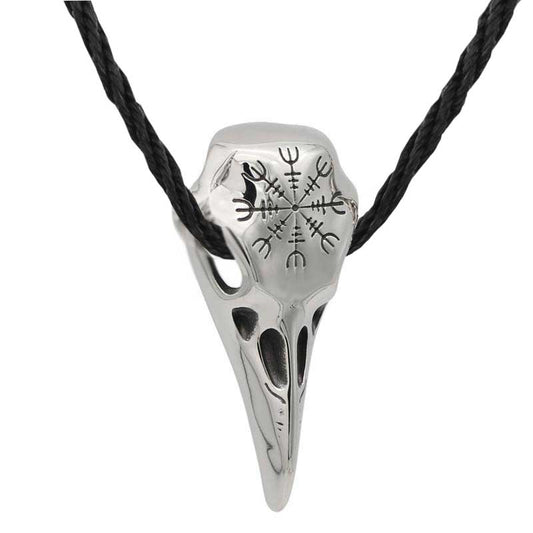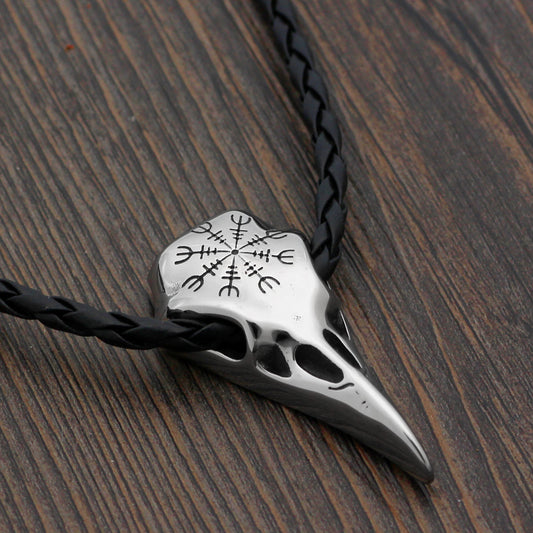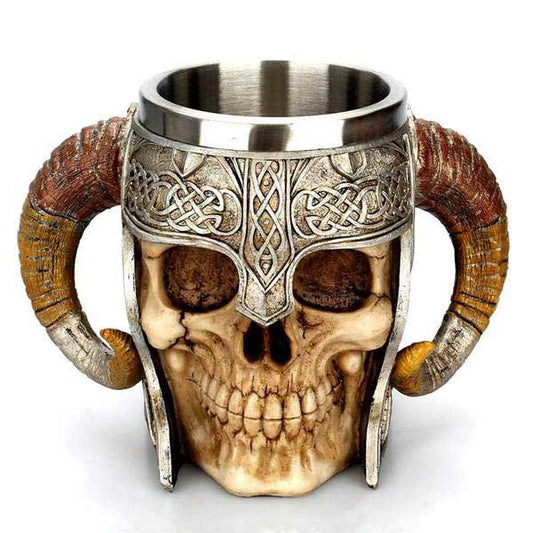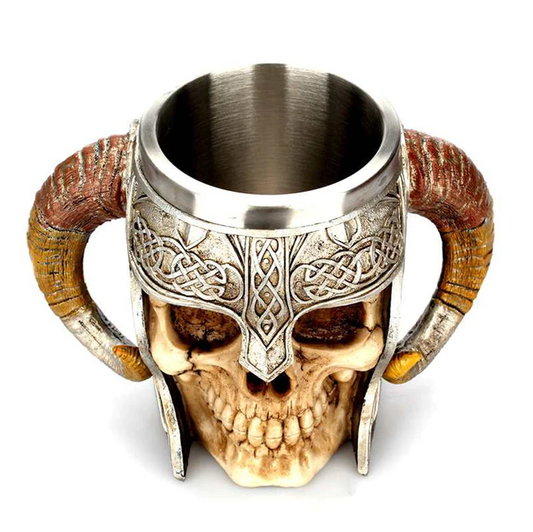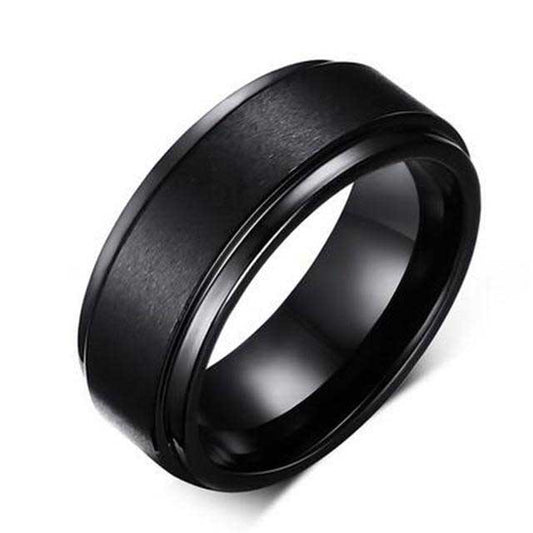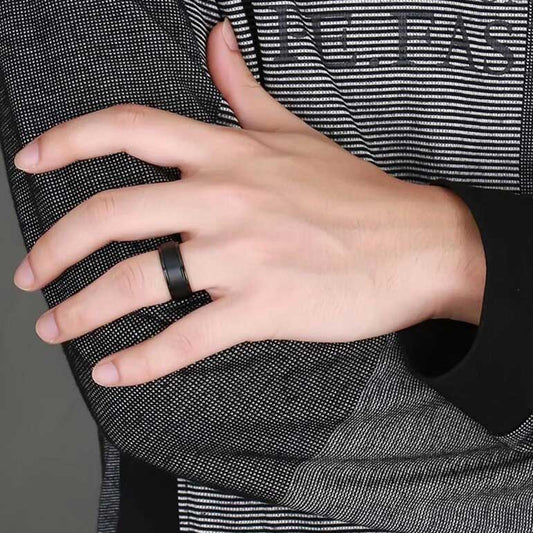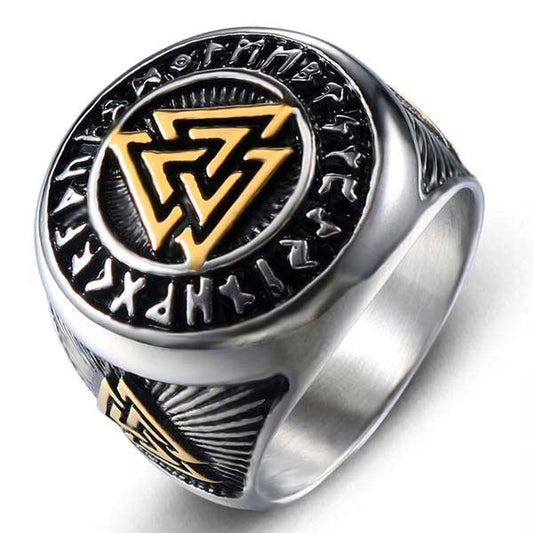Hel, also known as Hela, is the goddess of the dead in Norse mythology . She reigns over the underworld and thus leads the souls of the deceased from the world of the living to the world of the dead . Daughter of Loki , sister of the wolf Fenrir and the serpent Jormungand, who actually hides behind the dark Hel?
Who is the goddess Hel and what is her role?

Hel, also called Hela, is the queen of the nine infernal worlds . The etymology of his first name refers to the words "hide", "cover", "welcome".
The goddess Hel is the daughter of the trickster god Loki and the giantess Angrboda . In fact, she is also the sister of the giant wolf Fenrir and the serpent Jormungand . If her father lives in Asgard with the other gods, Hel , for her part, has resided in the Eliunir mansion , under the roots of Yggdrasil, since Odin sent her there. There she has treachery for her threshold, sickness for her bed, famine for her knife and hunger for her plate.
The role of the goddess of the underworld is to lead the spirits of the deceased who died naturally (illness or old age) to their new world . For this, she is assisted by her two servants: Ganglati and Ganglot .
How did Hel become the queen of the underworld?

When the gods learned of the prophecy affecting Loki's children, they had only one thing in mind: to drive them away. Indeed, in the dreams of the god Odin, the three children of Loki return for Ragnarök -the end of the prophetic world- and annihilate all the gods .
Loki's offspring spell chaos and doom for the gods. Shortly after their birth, the latter therefore left to seek the children of the deceitful god in Jotunheim, the land of the giants where they grew up alongside their mother. And this in order to bring them back to Asgard, where Loki had been raised. In this way, the gods could keep tabs on Loki's three offspring .
On the way, after a short exchange with the young Hel, Odin directly remembered his dream. “This child will be ruler of the deepest of dark places and ruler of the dead of the nine worlds. She will be queen of those unfortunate souls who die unworthily , of illness or old age, by accident or in childbirth. Warriors who perish in battle will always come to us here in Valhalla. But the dead who perish in other ways will be her people, to serve her in darkness ,” Odin said. The story goes that at this speech, young Hel smiled.
Odin ends up banishing the three children from the Loki , in an effort to avoid the unfortunate fate that seemed doomed to the gods. In order for the two monsters and the goddess to do as little damage as possible, Odin sent them each to different places. The serpent Jörmungand is thrown into the ocean of Midgard . The wolf Fenrir is imprisoned inside a cave . And Hel, too powerful to banish, is sent to Niflheim as an offering. There, the goddess takes over the jurisdiction of the underworld realm.
What does the goddess Hel look like?

Very few texts mention the physique of the goddess of the underworld. But Hel's appearance is said to be frightening . Half alive, half dead , the goddess has a rather cadaverous appearance. She would have a black and rotten side , and another side of divine beauty . One side devoid of skin, and one side luminous.
What does the world of Hel look like?

Hel actually rules over two worlds: Helheim and, deeper still, Niflheim . Together, these two worlds located under the roots of Yggdrasil make up the underworld.
Helheim is a cold, foggy place where the dead are sent. Dead who can also continue their journey to Niflheim, therefore. In Snorri Sturluson's Edda, Niflheim is described as a place of constant crying. It would be wet with melted snow. The walls would be made of worms and human bones. To get there, follow one of the rivers (Ylgr, Vid, Leiptr, Fjörm, Fimbulthul, Svöl, Gunnthra, Slidr, Hrid, Sylgr) and then cross a cave guarded by the scary wolf Garm.
However, the world of the dead in Norse mythology has nothing to do with the hell of the Christian faith. In Norse mythology, hell is not a place for the wicked and cruel. But indeed to all the dead… or almost. Indeed, only the deceased who had lost their lives naturally or from disease were invited there . The deceased having lost their lives in battle , they joined Valhalla , kingdom of the god Odin.
Helheim, a world from which no one returns

The world of Hel is at the center of a mythological story in particular: that of the death of the god Baldr , son of Odin. After the latter was killed by his own brother (under pressure from Loki), the gods organized a proper funeral for him. The Ases were sad and afflicted. His mother, Frigg, was even more so.
She then asked the gods if any of them would be brave enough to ride to Helheim and ask Hel to let Baldr return to Asgard . Hermod, son of Odin and brother of Baldr volunteered. So here he is gone for nine days and nine nights in the dark valleys. Once in Helheim, the god reunited with Baldr . He asked Hel to release his brother and let him go. Which she accepted, much to her surprise. But on one particular condition all the same: it was necessary that all the things of the earth mourn the death of Baldr .
Hermod brought the good news to Asgard. And absolutely everyone mourned Baldr. Everyone except a giantess , who said her name was Thokk . Behind this mask was actually hiding the deceitful Loki . But no matter, Baldr had to stay in Helheim until the day of Ragnarök.
The Goddess Hel and Viking Funeral Rites

When the Vikings died, they were either buried or cremated aboard their own ship. When they had a straw death (understand a natural death, and therefore not noble enough to be welcomed in Valhalla), the vikings left for Nifheim . Hel then had the responsibility of leading their boat along the rivers that led to his kingdoms. The most virtuous, for example, were embarked towards the paradise of the Vikings, the Gimlé .
And for those who didn't own a boat you might say? Well Hel was kind. Indeed, the goddess transformed the tombs and burials of the Vikings into a ship , so that all the spirits could reach their final destination.
The goddess Hel and her participation in Ragnarök

Ragnarök is the final prophetic battle believed to lead to the end of the world. Hel does not participate in Ragnarök like his brothers do. On the other hand, she sends an army of death there in order to help her father, Loki , at the origin of the conflict. Indeed, all the dead locked up to date in Helheim again cross the Gjallarbru bridge, to walk the path in the opposite direction this time. Once out, they join Loki on Vigrid Plain.
The legend also tells that the goddess built for the occasion a boat with the fingernails of the deceased, and this to move her army there.
